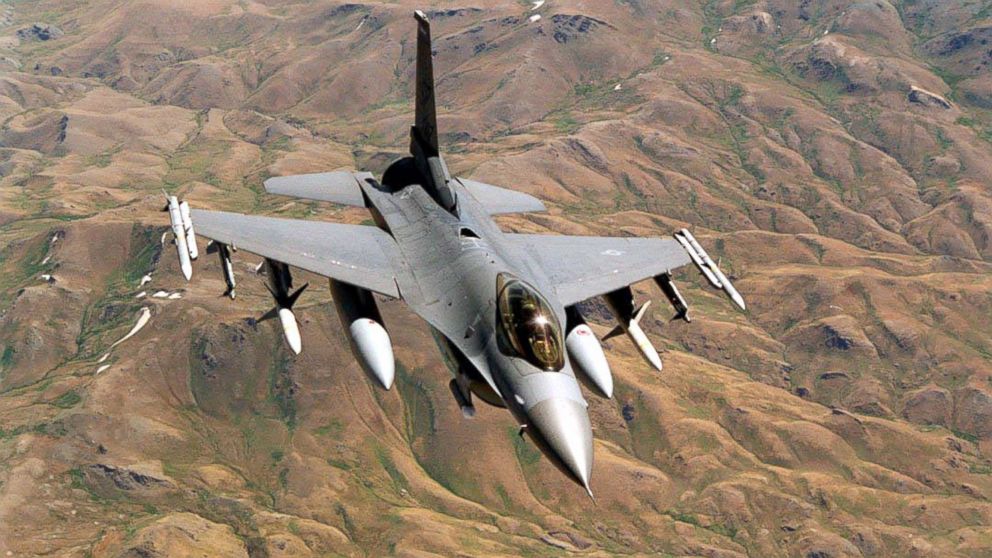Air Force Replenishing Stocks of Bombs and Missiles Used Against ISIS
The move comes as the air campaign against ISIS steps ups.

— -- Through 15 months of airstrikes against ISIS in Iraq and Syria, the U.S. Air Force has dropped more than 22,000 munitions, a number that has led the service to increase the funding needed to replenish its stocks of missiles and bombs. But Pentagon officials downplayed the notion that the Air Force is running out of munitions as a result of a higher rate of air operations.
“We're in the business of killing terrorists and business is good,” said Deborah Lee James, the Secretary of the Air Force. “We need to replenish our munitions stock. Weapons take years to produce from the day the contract is assigned until they roll off the production line.”
“While we get Overseas Contingency money to fight wars, the ability to get the munition to the war fighter could be late to need,” said James. “We can't afford this kind of risk.”
American military aircraft have carried out more than three quarters of the 8,556 airstrikes conducted against ISIS in Iraq and Syria.
The latest Air Force statistics show that through the end of Nov. 22, 286 munitions had been used against ISIS targets in Iraq and Syria. In November alone, 65 percent of all coalition airstrike missions in Iraq and Syria had one or more aircraft drop munitions, a number that has increased steadily since this summer when 50 percent of aircraft were returning with all their bombs still aboard.
Congress has approved an Air Force request for $400 million in additional funding for fiscal year 2015 to replenish stockpiles of Hellfire missiles and precision bombs that are being used against ISIS, according to Major Melissa Milner, an Air Force spokesperson.
While Air Force officials declined to provide exact figures, they said the current use rate will not significantly impact its current global stockpiles of precision guided bombs and Hellfire missiles.
The Air Force's global stockpile of air dropped munitions includes gravity, and small- and large-diameter munitions, officials said.
"The Department of Defense maintains ample stocks of munitions for use both in training and in war,” said Mark Wright, a Pentagon spokesman. “As those munitions are consumed, we use various methods to replenish our operational stocks. This will not interfere with ongoing combat operations against ISIL."
ISIS is also known as ISIL or the Islamic State.
“We do need funding in place and the ability to forecast for production to be ready for the long fight,” said an Air Force statement. “In addition, the coalition of Airmen in this fight often request munitions support which comes from the same inventory. We continue to work on a longer term funding strategy which is absolutely required.”
Over the past two months, Pentagon officials have described an intensification of the fight against ISIS that would include additional airstrikes.
A dozen F-15’s and a dozen A-10’s arrived at the airbase in Incirlik, Turkey, over the past two months to assist with the intensified air campaign, officials said.




